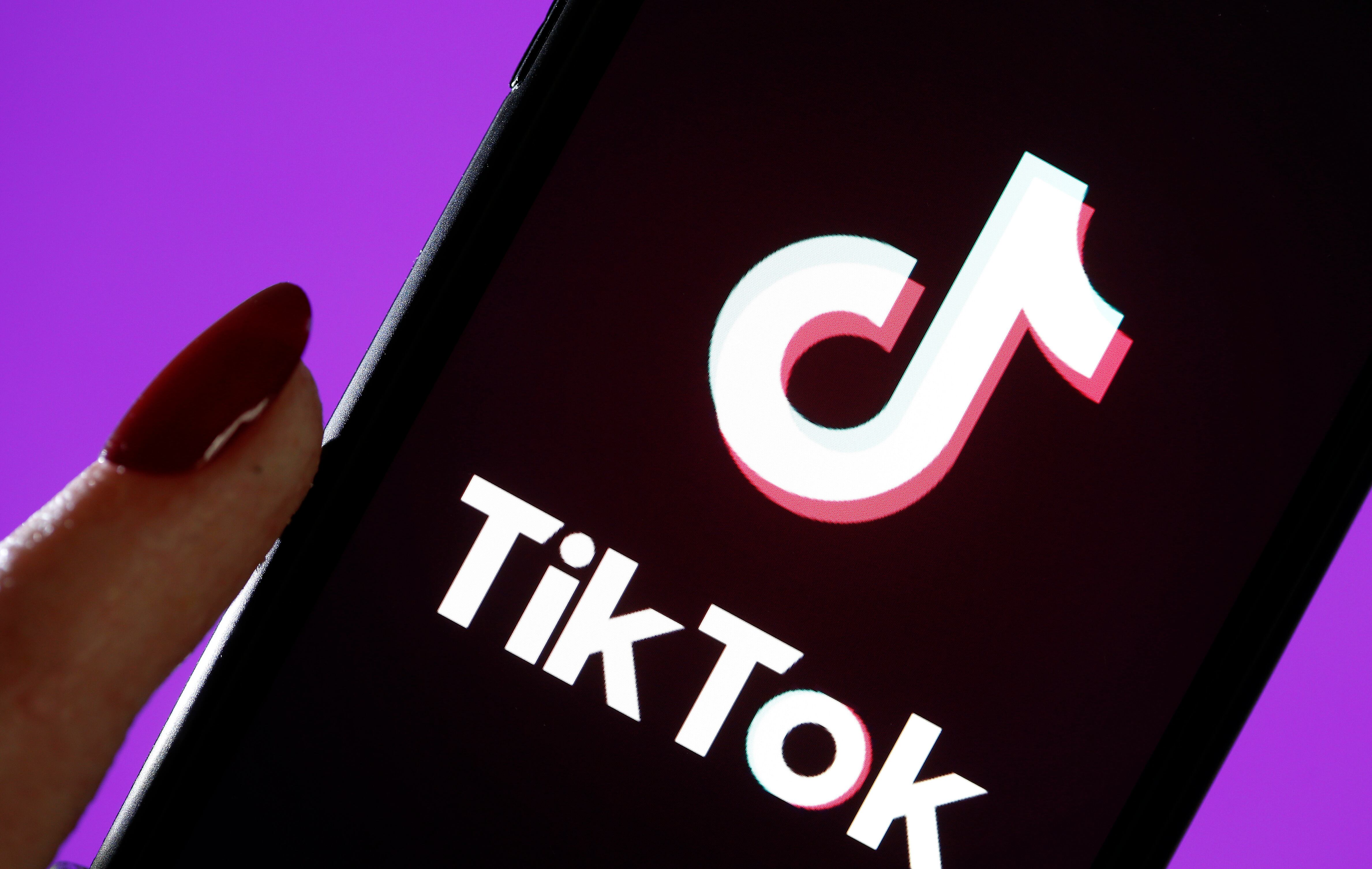TikTok’s potential ban in the U.S. has stirred up widespread debate, raising the question: are we overreacting, or is there a deeper issue at play? This situation sheds light on a crucial aspect of our modern lives: the complexities and vulnerabilities of being so interconnected in the digital age. It’s not just about TikTok; it’s a window into the broader challenges of the cybersecurity landscape, the relentless pace of technological change, and the daunting task of data management.
RELATED

As we peel back the layers, it becomes clear that preparing for these challenges requires a nuanced understanding and a proactive approach.
Evolving cybersecurity landscape
Countries are racing to lead in technology, including industries like electric vehicles and controlling important minerals. This competition directly impacts global security, as technological dominance can expose vulnerabilities in national defenses. Rapid technological advancement brings great progress but also escalates the risk of cyberattacks and spying. Imagine a scenario where compromised chips in our power grid allow a foreign power to disrupt essential services, illustrating the urgent need for robust cybersecurity defenses.
This race for tech superiority is closely tied to cybersecurity concerns, with recent incidents of suspected foreign-installed backdoors in communication networks serving as a wake-up call to the risks. The challenge is clear: as we innovate, we inadvertently give potential attackers new opportunities to strike. Adapting to this fast-paced tech growth requires vigilance and a proactive cybersecurity strategy that includes advanced threat detection technologies like AI. In fact, in 2023, 60% of IT leaders reported that digital transformation projects have stalled or been scrapped entirely due to cyberwarfare risks.
Pacing challenge
The race for technological dominance, particularly in sectors like semiconductor manufacturing and aerospace engineering, epitomizes the pacing challenge that nations face today. This involves innovation, economic supremacy, and securing a geopolitical advantage in a technology-dependent world. While driving progress, this rapid advancement simultaneously escalates the risks associated with cyber espionage and sabotage.
This pursuit of technological leadership is intrinsically linked to the cyber challenge, especially when considering the strategic insertion of backdoors in chips and software by foreign powers like China. Such vulnerabilities pose a grave threat to the security of critical U.S. infrastructure, from energy grids to ports and telecommunications networks.
The dilemma is twofold: as we push the boundaries of innovation, we also expand the attack surface for potential adversaries, making it imperative to bolster our cybersecurity defenses. This constant technological evolution demands a dynamic and forward-thinking approach to cybersecurity that anticipates future threats and fortifies defenses before vulnerabilities can be exploited.
Data challenge
The fact is that the “hyped” concern with platforms like TikTok extends beyond privacy to national security. There’s a tangible fear that these platforms could serve as conduits for extensive data harvesting by foreign entities involving personal data that could be exploited, particularly since Chinese companies are required to turn over any personal data collected should the Chinese Communist Party feel there is a threat to their national security. Ensuring the security of our data against such exploitation is crucial. Robust management, including the adoption of quantum encryption technologies, can significantly enhance the security of sensitive communications.
Furthermore, the influence wielded by platforms like TikTok isn’t to be underestimated. Their capacity to shape public opinion represents a subtle yet significant geopolitical tool, requiring a comprehensive strategy encompassing technological solutions, public awareness, and education on the importance of data security.
Actionable steps forward
So, what do we do with all this hysteria? Learn from it! To effectively enhance our cybersecurity posture, we must adopt a multifaceted strategy that emphasizes the visibility of our connected assets, accurately assesses and prioritizes threats, and incorporates the latest in cybersecurity technology. This approach provides actionable intelligence that allows us to respond swiftly and effectively to emerging threats.
This could involve measures such as regular security audits, cybersecurity awareness training, and the use of advanced threat detection tools. These steps are essential for building robust defenses against both current and future cyber threats. By actively engaging in these practices, we reinforce the security of our digital infrastructure against the complexities of the modern cyber landscape.
The discourse surrounding TikTok’s restrictions has brought a broader debate about our digital vulnerabilities to the forefront. This is not merely about a single app; it’s a glimpse into our interconnected world’s vast cybersecurity challenges. The journey ahead requires awareness and a determined effort to safeguard our digital and societal fabric against these pervasive threats.
In embracing this proactive and comprehensive approach to cybersecurity, we protect ourselves against today’s threats and fortify our defenses for the challenges of tomorrow. Let this be our call to action: to secure our digital future, we must anticipate, adapt, and act decisively. After all, in cybersecurity, the best offense is a strong defense.
Tom Guarente is vice president for government affairs at Armis, a provider of cybersecurity services to the federal government.





